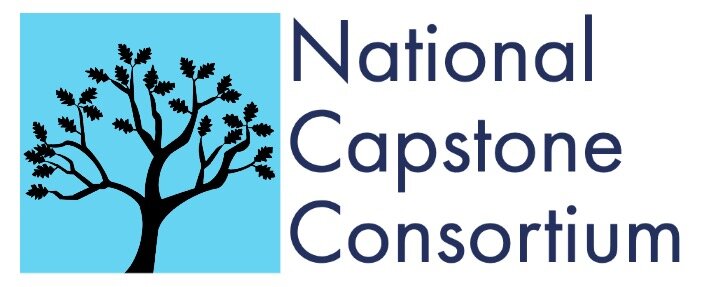Capstone life often gets real this time of year. Lofty plans can come crashing down, creating quite a crater of curricular debris and challenges. It takes some patience and skill to get students back on track and moving forward, and it is possible.
The school year begins with grand plans and resounding excitement, especially in Capstone programs. Students have inspirational and ambitious plans. Getting started can be as simple as choosing the most interesting component and jumping right into the work.
Early gains are common, stoking the Capstone fire. Students and teachers get excited, with images of stellar final presentations in their minds. Progress is noticeable, noteworthy, and self-reinforcing.
Our school runs Capstone projects for eleventh and twelfth graders. The first signs of the doldrums often appear on the horizon in November, when the college application process shifts into early submissions. Without a good plan to manage seniors, projects can grind to a halt.
Emma Willard School has a non-mandatory Capstone class, called Signature. Scheduled in amongst other courses, students have protected time to do their work. When other demands come to the fore, students always have two class periods a week to work on their Capstones, in theory.
We also have a rotating program schedule, keeping them engaged each week. Students either meet individually with a program manager (the person in charge of their project), or a liaison (a person with relevant experience), or they meet as a full class. We noticed that seniors remained productive even during college admissions season, albeit progress was often incremental.
January can be a more daunting period. This is often the month that projects experience the biggest challenges. Critical steps that have been left for last prove to be demanding. Long-term goals blow up, leading to reassessments of project. The list of issues can be long and serious, and they always seem to land in January.
The first recommendation is to stick to the general plan. Students can be quick to quit. Usually some modifications and perseverance avert academic disaster. Revisit the initial, broad goals. Review what worked and what needs to change. A redirection that stays within the original boundaries is obviously fine. This reframing can be refreshing and save the day.
Next, recognize that Capstone is as much about the journey as it is the product. As long as our students continue with work that is mostly related to their beginning ideas, we are happy with their progress and support the needed shifts. Capstone projects always evolve, and there are good resources to avoid extinction.
Lastly, a January crash may be the product of an overly ambitious project. One hates to crush hopes early in the year, and teachers may allow huge projects to proceed. Acknowledging this reality can allow a project that seems stalled to start back up and regain speed. It just might need some pruning, leaving the core enough energy to survive.
Best of luck with the January Capstone craters. With resilience, redirection, and a dose of reality, you should be able to crawl out of the impact hole, back into the nurturing sunlight. Spring is coming soon and the presentations will be worth the effort.
Jon Calos, Emma Willard School, Troy, NY
The views of each blog post are the experiences of the individual instructor and school and do not necessarily represent the views of the Consortium
